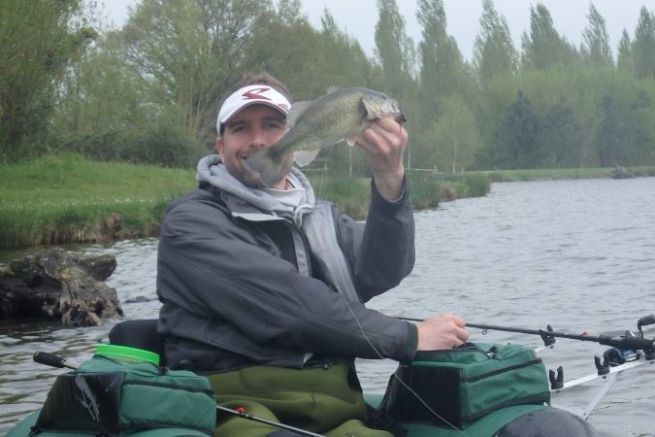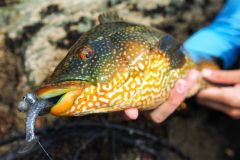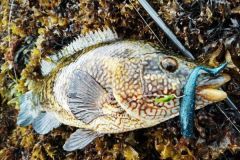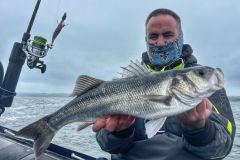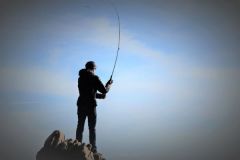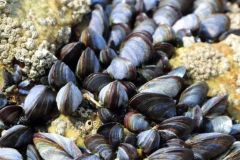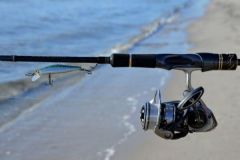Pedestrian and boat anglers share the same environments, but often do not approach them in the same way and with the same logic. Thus, practicing both is an important source of progress, as they develop skills and strategies that are sometimes different.
Whether you own a boat, a kayak or a float tube, apart from the different power of displacement, we assume that you are in the same category, those with a boat!
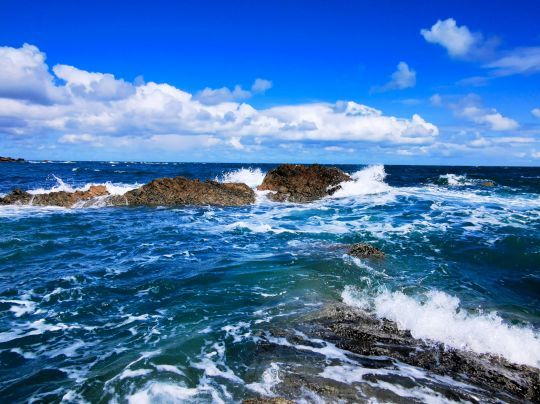
A different prospecting logic
Because the exploitable spots for on-board fishermen are more numerous, more diversified and of an easier and quicker access between them, the logic of prospection is different from that of the on-board fisherman. Of course, if this consideration applies at the beginning of the trip, depending on the mood of the fish, the conclusions and approaches can be identical after a few hoursâeurosŠ
The angler on board will often go through and exploit a greater diversity of spots in order to solicit a maximum of fish. So the strategy of powerfishing and the techniques which accompany it are often privileged.
Without doing the opposite, the pedestrian fisherman must adapt to the constraints of the fished body of water which does not always offer much access to the different spots and especially to the same number. If a logic of powerfishing can also be developed, they are similar on the techniques used, but not on the time spent at each fishing spot.

Different targets
In this logic and constraint of different prospection, on the globality of a trip, the pedestrian and embarked fishermen will not necessarily solicit the same fish. If the search for active fishes is of stake for both, while the fisherman of the edge will insist more to touch some lethargic fishes, the second will go to the meeting of more numerous opportunities.
The former will be more quickly forced to reorient his strategy towards fish posted and less inclined to run after a lure.
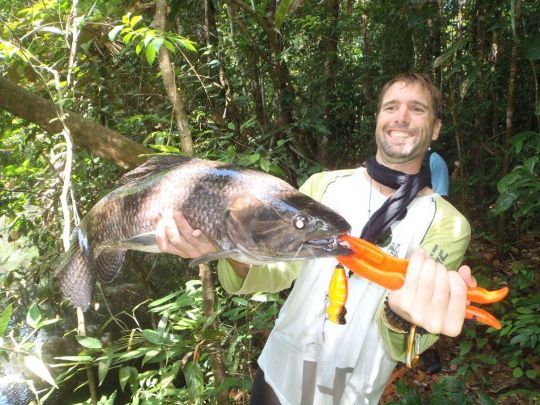
Different throwing angles
Because of their different positions and means of locomotion, our two fishermen approach the same spots and the same fish from a different angle: that of the casts! So while one will fish from the bank to the open sea, from the surface to the deep, from the light to the shadow, the other will proceed in the opposite way! The fish will not react in the same way and may simply not be solicited by one of the two approaches.
The way the spot configuration is perceived is relatively different and the structural constraints then require different adaptations.
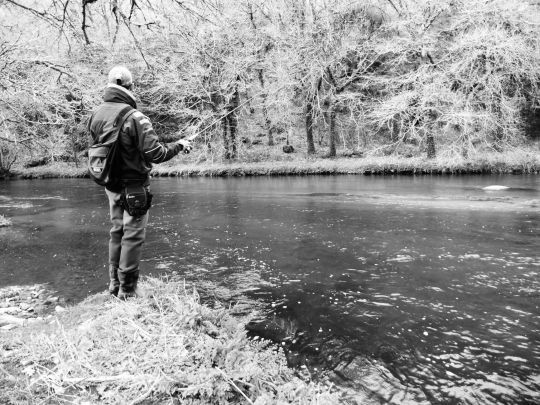
Different techniques and line management
Logically, because the targets and fishing areas are not necessarily the same and the spots are approached from different angles, anglers on foot and on board will, over the course of a season, use different techniques and conduct their animations in different ways. The speed, the height of the water, the finesse, the rhythm, the repetition of the casts, the variety of lures and animations, the need for precision are all parameters that will vary in the approach of one to the other.
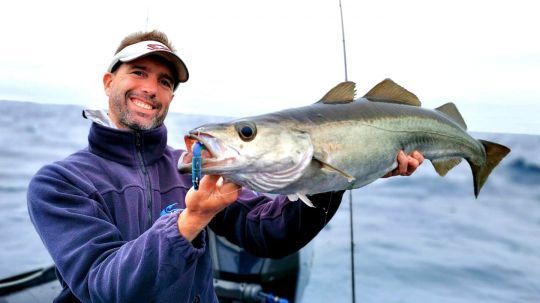
Two complementary approaches
If the fact of going from the shore to a boat requires an adaptation time which is not insignificant, it shows the difference and especially the complementarity of these two approaches. If it is obvious that some techniques are specific to boats and that we have not even considered the drift due to the wind and the current, the fact of practicing from the shore or on the water develops very distinct skills.
The ability to look for active fish, the ability to insist, to lighten the rigs or on the contrary to weigh them down, to skipper to exploit the first centimeters of banks, to twist to make impossible casts, to exploit a vein of waterâeurosŠ are all strengths that will make you a versatile and efficient fisherman. So, never give up on either approach and take every opportunity to get out of your comfort zone.
